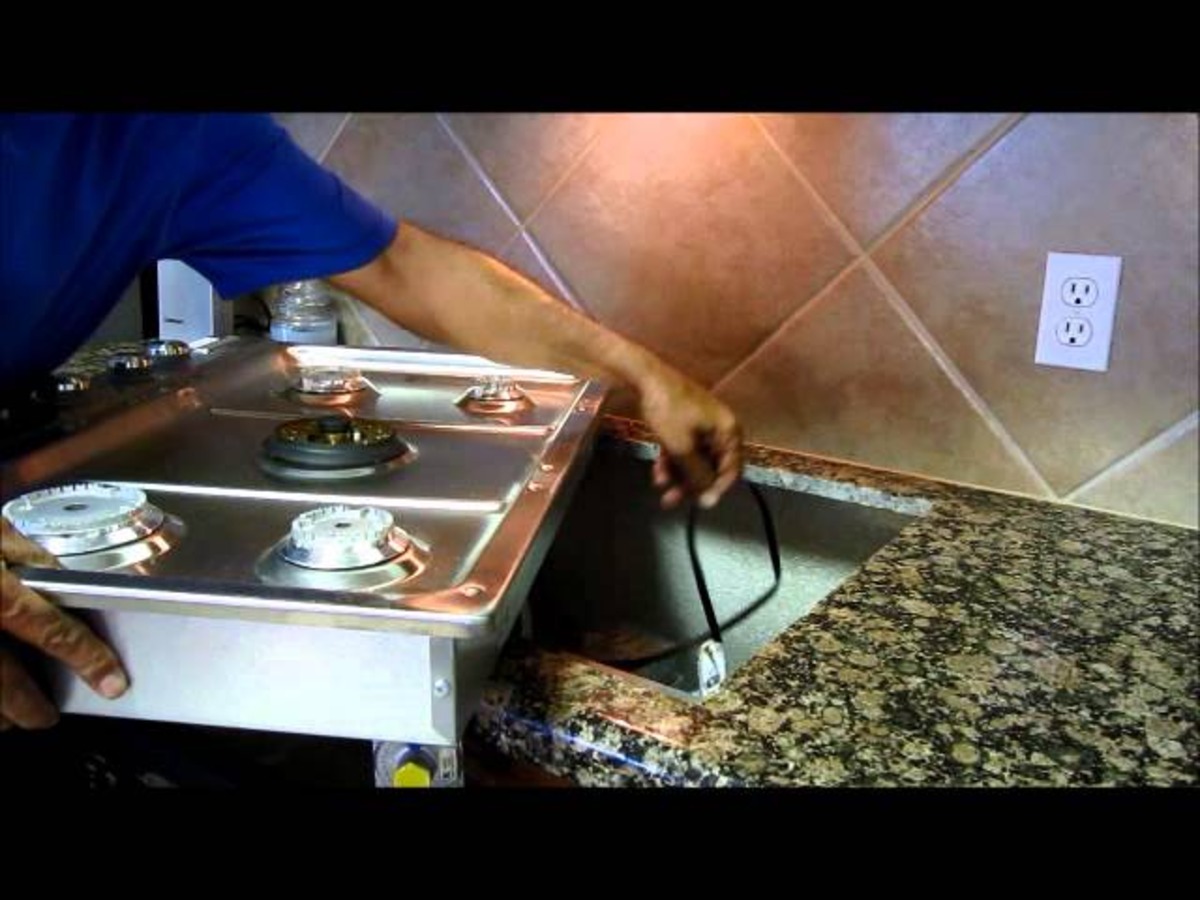

Articles
How To Install A Gas Cooktop
Modified: February 28, 2024
Learn how to install a gas cooktop with step-by-step instructions and expert tips. Read our informative articles today and get started on your home improvement project.
(Many of the links in this article redirect to a specific reviewed product. Your purchase of these products through affiliate links helps to generate commission for Storables.com, at no extra cost. Learn more)
Introduction
Installing a gas cooktop can be a great addition to any kitchen, providing an efficient and powerful cooking option. Whether you’re upgrading from an electric cooktop or installing one for the first time, it’s important to follow the correct steps to ensure a safe and successful installation. In this article, we will guide you through the process of installing a gas cooktop, covering everything from safety precautions to the final setup.
It’s crucial to note that installing a gas cooktop involves working with gas lines and should only be attempted by individuals with the necessary knowledge and experience. If you’re uncomfortable with gas connections or are unsure of your ability to complete the installation safely, it’s highly recommended to hire a professional.
In this article, we will provide step-by-step instructions and outline the tools and materials you’ll need to successfully install a gas cooktop. We’ll also discuss important safety precautions that should be taken throughout the process to protect yourself and your home.
So let’s get started with ensuring a safe and efficient installation of your new gas cooktop.
Key Takeaways:
- Safety is paramount when installing a gas cooktop. From shutting off the gas supply to testing for leaks, following proper precautions ensures a secure and hazard-free installation process.
- Thorough preparation, precise installation, and diligent testing are essential for successfully installing a gas cooktop. Following manufacturer’s instructions and practicing safe usage are key for a seamless cooking experience.
Read more: How To Install Gas Cooktop On Granite
Safety Precautions
When it comes to working with gas, safety should always be your top priority. Before starting the installation process, it’s important to take the following safety precautions:
- Turn off the gas supply: Before beginning the installation, locate the main gas shut-off valve and ensure it is turned off. This will prevent any gas leaks during the process.
- Wear protective gear: When working with gas lines and appliances, it’s crucial to wear safety goggles, gloves, and clothing that covers your arms and legs. This will protect you from any potential accidents or injuries.
- Ensure proper ventilation: Gas appliances produce carbon monoxide, a colorless and odorless gas that can be dangerous if not properly ventilated. If you’re working indoors, open windows and doors or use a fan to provide adequate ventilation throughout the installation process.
- Check for leaks: Before connecting the gas supply to your new cooktop, perform a leak test using approved gas leak detection solution. Apply the solution to all gas connections and check for any bubbles forming. If you notice any leaks, turn off the gas supply immediately and address the issue before proceeding.
- Read the manufacturer’s instructions: Every gas cooktop is unique, so it’s important to read and understand the manufacturer’s installation instructions. Follow their guidelines precisely to ensure a safe and proper installation.
- Keep children and pets away: During the installation process, make sure to keep children and pets away from the work area. This will help prevent accidents and keep everyone safe.
- Use the right tools: Ensure that you have the correct tools for the installation, including adjustable wrenches, pipe wrenches, and tape measure. Using the right tools will make the process easier and safer.
By following these safety precautions, you can minimize the risk of accidents and ensure a safe installation of your gas cooktop. Remember, if you are unsure or uncomfortable with any part of the process, it’s always best to seek the help of a professional.
Tools and Materials Needed
Before you start installing your gas cooktop, it’s important to gather all the necessary tools and materials. Here’s a list of what you’ll need:
Tools:
- Adjustable wrench
- Pipe wrench
- Tape measure
- Screwdriver
- Utility knife
- Gas leak detection solution
- Level
- Drill (if necessary)
Materials:
- Gas cooktop
- Gas flex line or pipe
- Gas shut-off valve
- Flexible gas line connector
- Thread sealant tape
- Mounting brackets or clips
- Fasteners (screws or bolts)
It’s important to make sure you have all the tools and materials on hand before starting the installation. This will help you avoid delays and ensure a smooth process.
Additionally, be sure to check the manufacturer’s instructions for any specific tools or materials they recommend for their particular gas cooktop model. Some cooktops may require additional parts or accessories not listed here, so it’s always best to double-check before starting the installation.
Now that you have gathered all the necessary tools and materials, you’re ready to move on to the next step of the installation process: preparation.
Read more: Who Can Install A Gas Cooktop
Step 1: Preparation
Before you start installing your gas cooktop, it’s important to prepare the area where it will be installed. Follow these steps to ensure a smooth and hassle-free installation process:
- Measure the space: Start by measuring the space where the cooktop will be installed. Ensure that you have enough room for the cooktop, leaving sufficient space around it for ventilation.
- Check the electrical supply: If your gas cooktop requires electrical power, ensure that you have a dedicated electrical outlet nearby. Make sure the outlet meets the voltage and amperage requirements specified in the manufacturer’s instructions.
- Prepare the countertop: If you’re replacing an existing cooktop, remove the old cooktop from the countertop. Clean the countertop surface thoroughly and ensure it is level and free from any debris or obstructions.
- Check for mounting requirements: Some gas cooktops require mounting brackets or clips for secure installation. Check the manufacturer’s instructions to determine if any specific mounting requirements are needed for your cooktop model.
- Ensure proper ventilation: Gas cooktops require proper ventilation to remove combustion byproducts and prevent carbon monoxide buildup. Ensure that you have a range hood or an exhaust fan installed above the cooktop to vent out the gases.
By properly preparing the area for installation, you’ll be setting the stage for a successful and efficient installation process. Double-check all measurements and ensure that the necessary preparations have been made before moving on to the next step.
Once you have completed the preparation stage, you’re ready to proceed with the installation process. In the next step, we’ll guide you on how to safely shut off the gas supply.
Step 2: Shut Off the Gas Supply
Before starting any work involving gas lines, it’s crucial to shut off the gas supply to the area. Here’s how to safely shut off the gas supply:
- Locate the main gas shut-off valve: Typically, the main gas shut-off valve is located near the gas meter, either inside or outside your home. It might be a lever-style valve or a twist-style valve.
- Turn off the gas supply: Once you’ve located the main gas shut-off valve, turn it to the “off” position. This will shut off the flow of gas to the entire house, including the gas supply to the cooktop.
- Confirm the gas supply is shut off: To confirm that the gas supply is shut off, try turning on a gas appliance in your home, such as a stove or water heater. If there’s no gas supply to the appliance, you have successfully shut off the gas supply.
It’s important to take extra precautions when working with gas lines. If you’re unsure about locating or shutting off the gas supply, it’s best to consult a professional plumber or gas technician to ensure it is done safely.
Remember, safety should always be your top priority when working with gas. By shutting off the gas supply, you’re taking an essential step to prevent any potential gas leaks or accidents during the installation process.
Once you’ve confirmed that the gas supply is shut off, you’re ready to move on to the next step: disconnecting the old cooktop.
Step 3: Disconnect the Old Cooktop
Before installing your new gas cooktop, you’ll need to disconnect the old cooktop. Here’s a step-by-step guide for disconnecting the old cooktop:
- Turn off any electrical power: If your old cooktop is electric, make sure to turn off the electrical power at the circuit breaker or fuse box.
- Remove the cooktop grates and burners: Lift the grates and remove the burners from the cooktop. Set them aside in a safe place.
- Disconnect the gas supply: Locate the gas shut-off valve behind the cooktop. Using an adjustable wrench, turn the valve to the “off” position. This will shut off the gas supply to the old cooktop.
- Disconnect the gas line: Using a pipe wrench or adjustable wrench, loosen the connection between the flexible gas line or pipe and the old cooktop. Once loosened, carefully remove the gas line and set it aside.
- Disconnect the electrical wiring: If your old cooktop is electric, locate the electrical junction box underneath the cooktop. Unscrew the cover from the junction box and carefully disconnect the electrical wiring from the cooktop.
- Remove the old cooktop: With the gas and electrical connections safely disconnected, lift the old cooktop from its position on the countertop. Be cautious as it may be heavy, and have someone assist you if needed.
Once the old cooktop is removed, set it aside or dispose of it properly according to your local regulations. Take this opportunity to clean and inspect the area where the new cooktop will be installed.
With the old cooktop successfully disconnected, you’re now ready to move on to the next step: preparing the area for the installation of the new gas cooktop.
Step 4: Prepare the Area for Installation
Before installing your new gas cooktop, it’s important to properly prepare the area to ensure a seamless installation. Follow these steps to prepare the area:
- Clean the countertop: Start by thoroughly cleaning the countertop surface. Remove any debris, grease, or adhesive residue left behind from the old cooktop. A clean surface will ensure a secure and stable installation of the new cooktop.
- Check for levelness: Use a level to check if the countertop is level. If it’s not, adjust accordingly by adding shims or leveling the countertop to ensure a flat and even surface for the new cooktop.
- Review the installation instructions: Refer to the manufacturer’s installation instructions to understand any specific requirements or recommendations for the installation process. This may include guidance on the correct positioning of the cooktop or any additional preparation steps.
- Install mounting brackets or clips: If your new gas cooktop requires mounting brackets or clips for secure installation, follow the manufacturer’s instructions to install them before placing the cooktop on the countertop. Ensure they are properly aligned and securely fastened.
- Verify gas and electrical connections: Double-check that the gas and electrical connections are properly prepared. Ensure that the gas shut-off valve is turned off and the flexible gas line or pipe is correctly fitted and secured. If your new cooktop is electric, ensure that the electrical wiring is properly connected and in compliance with safety standards.
By properly preparing the area for installation, you’ll ensure that the new gas cooktop is installed securely and functions optimally. Taking the time to clean, level, and follow the manufacturer’s instructions will set the stage for a successful installation process.
With the area prepared, you’re now ready to move on to the next step: installing the gas cooktop.
Step 5: Install the Gas Cooktop
Now that the area is prepared, it’s time to install your new gas cooktop. Follow these steps to ensure a smooth installation process:
- Position the cooktop: Carefully place the gas cooktop onto the prepared countertop. Align it properly with the mounting brackets or clips, if applicable.
- Make gas connections: If using a flexible gas line, connect it to the gas inlet on the cooktop. Use an adjustable wrench to tighten the connection, ensuring it is secure but not over-tightened. If using a pipe, apply thread sealant tape to the pipe threads before connecting it to the cooktop. Again, make sure the connection is securely tightened.
- Make electrical connections: If your new gas cooktop has any electrical components, such as electronic ignition or built-in lights, follow the manufacturer’s instructions for making electrical connections. Ensure that you connect the appropriate wires and use wire connectors to secure the connections.
- Lower the cooktop into place: Carefully lower the cooktop onto the countertop, ensuring that it fits snugly. Be mindful not to pinch or damage any gas or electrical connections during this process.
- Align the cooktop: Use a level to ensure that the cooktop is properly aligned and sitting evenly on the countertop. Adjust as necessary by adding or removing shims.
- Tighten mounting brackets or clips: If your cooktop requires mounting brackets or clips, securely tighten them to the countertop to hold the cooktop in place. Refer to the manufacturer’s instructions for the recommended tightening method.
It’s important to follow the manufacturer’s instructions and guidelines for the specific model of gas cooktop you’re installing. This will ensure a proper and secure installation.
Once the gas cooktop is installed, you’re ready to move on to the next step: connecting the gas supply.
When installing a gas cooktop, always make sure to shut off the gas supply and carefully follow the manufacturer’s instructions for proper installation to ensure safety and functionality.
Step 6: Connect the Gas Supply
With the gas cooktop installed, it’s time to connect the gas supply. Follow these steps to ensure a secure and leak-free connection:
- Confirm the gas shut-off valve is closed: Before connecting the gas supply, make sure the gas shut-off valve is in the closed position.
- Apply thread sealant tape: Using thread sealant tape, wrap the male threads on the gas line or pipe that you will be connecting to the cooktop. This will provide a tight seal and prevent any gas leaks.
- Securely connect the gas line: Carefully align the gas line or pipe with the gas inlet on the cooktop. Use an adjustable wrench to securely tighten the connection, ensuring it is snug but not over-tightened.
- Test for leaks: After connecting the gas line, it’s crucial to test for any potential gas leaks. Apply a gas leak detection solution to all the connections. If bubbles form, it indicates a leak. In such cases, immediately shut off the gas supply and address the issue before proceeding.
It’s essential to pay attention to the proper tightening of the gas connection to avoid any leaks. However, be careful not to overtighten, as it may damage the connections or cause leaks.
Once you have connected the gas supply and confirmed there are no leaks, you can proceed to the next step: testing for leaks.
Step 7: Test for Leaks
After connecting the gas supply, it’s important to thoroughly test for any potential gas leaks before proceeding with using the cooktop. Follow these steps to ensure a safe and leak-free installation:
- Turn on the gas supply: With the gas shut-off valve securely connected, turn on the gas supply by turning the valve to the open position.
- Apply a gas leak detection solution: Use a gas leak detection solution, available at hardware stores, and apply it to all the gas connections, including the connection between the gas line or pipe and the cooktop.
- Observe for bubbles: After applying the gas leak detection solution, carefully inspect all the connections for any sign of bubbles forming. Bubbles indicate a gas leak and require immediate attention.
- Address any leaks: If you notice any bubbles forming, do not proceed. Immediately turn off the gas supply and carefully tighten the leaking connection. Be cautious not to overtighten, as it may damage the connections. Once tightened, reapply the gas leak detection solution to verify that the leak has been resolved.
- Re-test for leaks: After addressing any leaks, reapply the gas leak detection solution to all the connections. Ensure that no bubbles are forming, indicating that there are no further leaks.
It is important to be diligent during the testing process to ensure the safety of yourself and your home. Gas leaks can be dangerous and should be addressed immediately to prevent any potential hazards.
Once you have confirmed that there are no gas leaks by observing no bubbles forming, you can proceed to the next step: securing the cooktop in place.
Step 8: Secure the Cooktop in Place
Securing the gas cooktop in place is essential to ensure stability and prevent any movement during use. Follow these steps to securely fasten the cooktop to the countertop:
- Verify the alignment: Double-check the alignment of the cooktop and ensure it is properly centered on the countertop.
- Use mounting brackets or clips: If your cooktop came with mounting brackets or clips, follow the manufacturer’s instructions to secure them to the underside of the countertop.
- Align the cooktop with the brackets or clips: Carefully position the cooktop over the mounting brackets or clips and make sure it fits properly into place.
- Secure the cooktop: Use the provided screws or bolts to secure the cooktop to the mounting brackets or clips. Tighten them securely, but be careful not to overtighten and crack the countertop.
- Check for stability: Gently test the stability of the cooktop by applying gentle pressure from different angles. Ensure that the cooktop feels securely fastened and doesn’t wobble or move.
By properly securing the cooktop in place, you’ll prevent any accidental movement or dislodgement during cooking. This promotes safety and ensures optimal performance.
With the cooktop securely fastened, you’re now ready to move on to the next step: turning on the gas supply.
Read more: How To Replace A Gas Cooktop
Step 9: Turn on the Gas Supply
Now that the gas cooktop is installed and securely in place, it’s time to turn on the gas supply and get ready to start cooking. Here’s how to safely turn on the gas supply:
- Ensure all connections are secure: Before turning on the gas supply, double-check that all gas connections are securely tightened and there are no signs of leaks. Refer back to Step 7 to verify that you have properly tested for gas leaks.
- Locate the gas shut-off valve: Identify the gas shut-off valve that controls the gas supply to the cooktop. It should be in the open position.
- Turn on the gas supply: Turn the gas shut-off valve to the “on” position to allow gas to flow into the cooktop.
Once the gas supply is turned on, you can proceed with using your newly installed gas cooktop. However, it’s important to remember a few additional tips:
- Read the user manual: Take a moment to read through the user manual provided by the cooktop manufacturer. This will familiarize you with the specific features, controls, and safety instructions for your cooktop model.
- Follow recommended usage guidelines: Adhere to any specific guidelines provided by the manufacturer regarding recommended gas flow settings, burner usage, and other operational instructions.
- Monitor for any gas odors or unusual behavior: While using the cooktop, if you notice any persistent gas odors or experience any unusual behavior, such as unexpected flames or burner issues, immediately turn off the cooktop and contact a professional to inspect and address the issue.
- Maintain regular inspections and maintenance: It’s recommended to schedule regular inspections and maintenance checks for your gas cooktop to ensure its continued safe and efficient operation. Consult the manufacturer’s guidelines for specific maintenance recommendations.
By following these steps and tips, you can safely and confidently enjoy your newly installed gas cooktop, knowing that it has been installed and connected properly.
Congratulations on completing the installation process and enjoy your cooking experience with your new gas cooktop!
Conclusion
Installing a gas cooktop can be an exciting and rewarding endeavor that enhances your kitchen and cooking experience. By following the step-by-step instructions provided in this guide, you can successfully install a gas cooktop while ensuring safety and efficiency throughout the process.
We covered important safety precautions to keep in mind when working with gas, such as shutting off the gas supply, wearing protective gear, and testing for leaks. These precautions are crucial for protecting yourself and your home from any potential hazards.
We discussed the tools and materials needed for the installation, ensuring you have everything required to complete the process smoothly. Proper preparation, including measuring the space and checking for mounting requirements, is important to ensure a proper fit of the cooktop.
We walked you through each step of the installation process, from disconnecting the old cooktop to securing the new cooktop in place. Ensuring proper alignment, making secure connections, and testing for leaks are essential steps to ensure a successful installation.
Ultimately, turning on the gas supply and enjoying the convenience and efficiency of your new gas cooktop is a culmination of your efforts. However, it’s crucial to follow the manufacturer’s instructions, practice safe usage, and perform regular maintenance to ensure the longevity and performance of your cooktop.
Remember, if you feel uncertain or uncomfortable with any part of the installation process, it’s always best to consult a professional. Gas connections can be complex and require expertise to ensure proper installation and safety.
Now, armed with the knowledge and guidance provided in this article, you’re ready to embark on your journey to install a gas cooktop. Embrace the excitement and enjoy the benefits of cooking with gas in your kitchen!
Frequently Asked Questions about How To Install A Gas Cooktop
Was this page helpful?
At Storables.com, we guarantee accurate and reliable information. Our content, validated by Expert Board Contributors, is crafted following stringent Editorial Policies. We're committed to providing you with well-researched, expert-backed insights for all your informational needs.
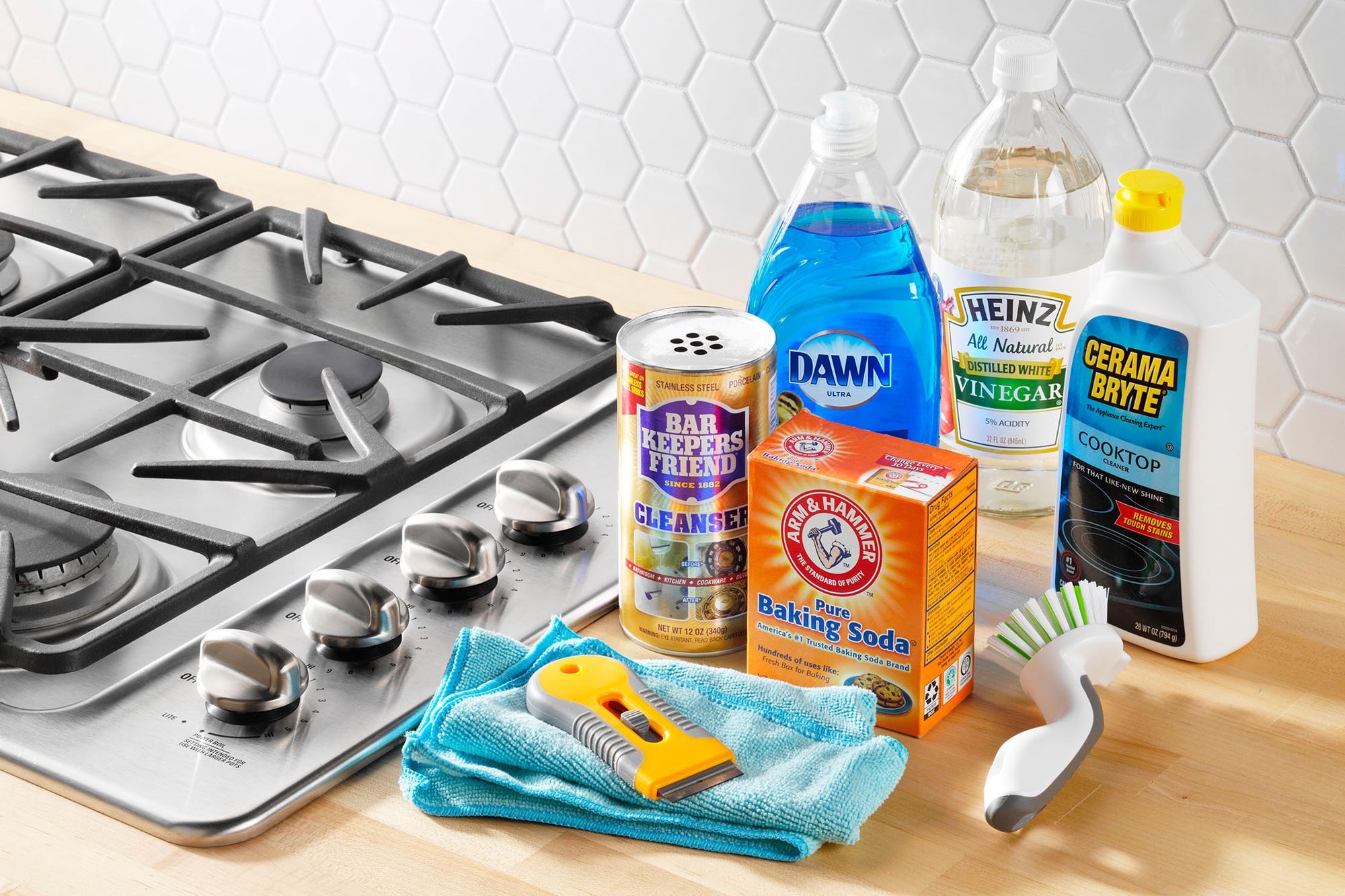
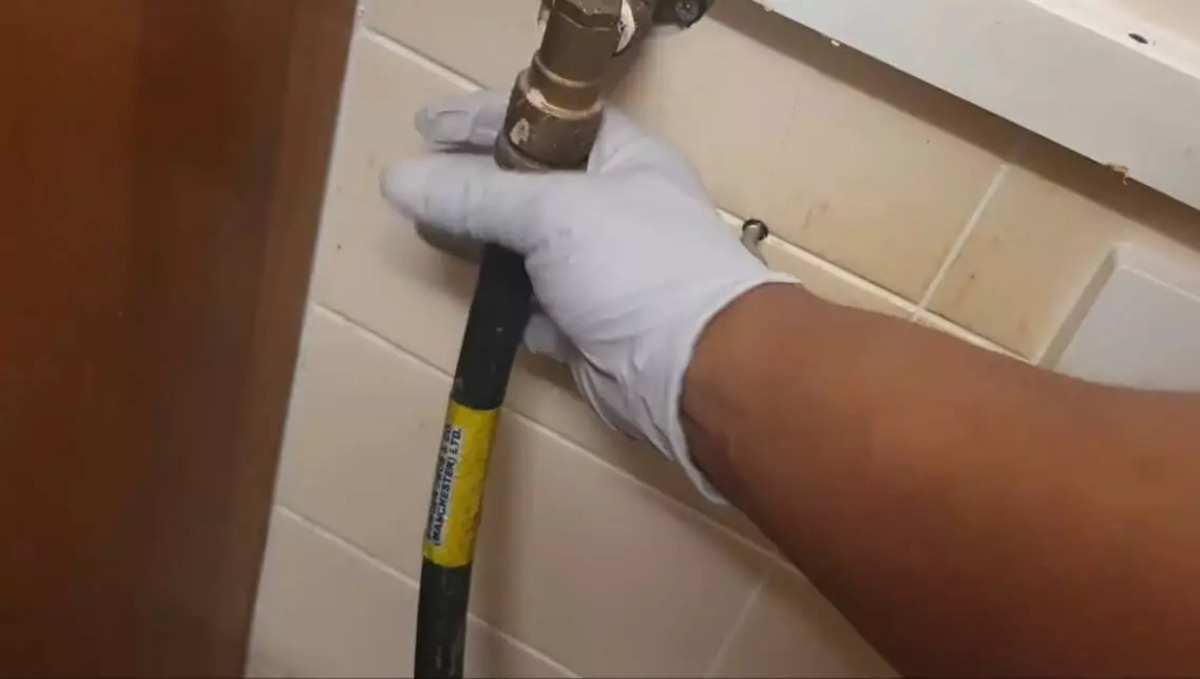
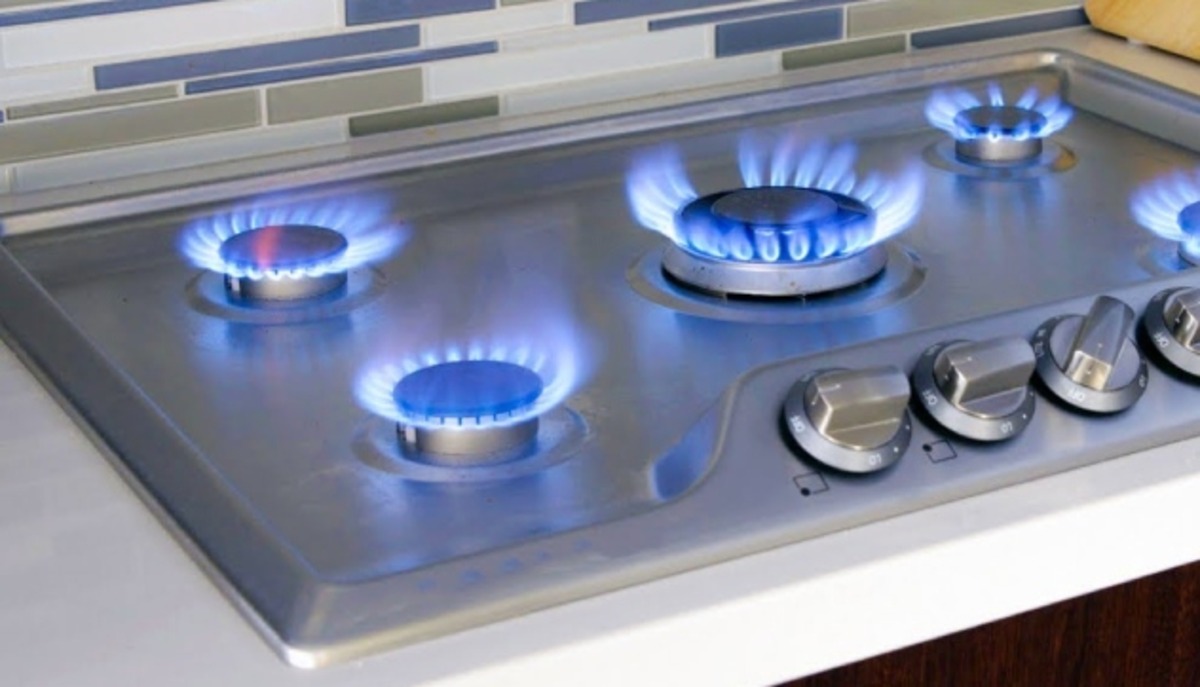
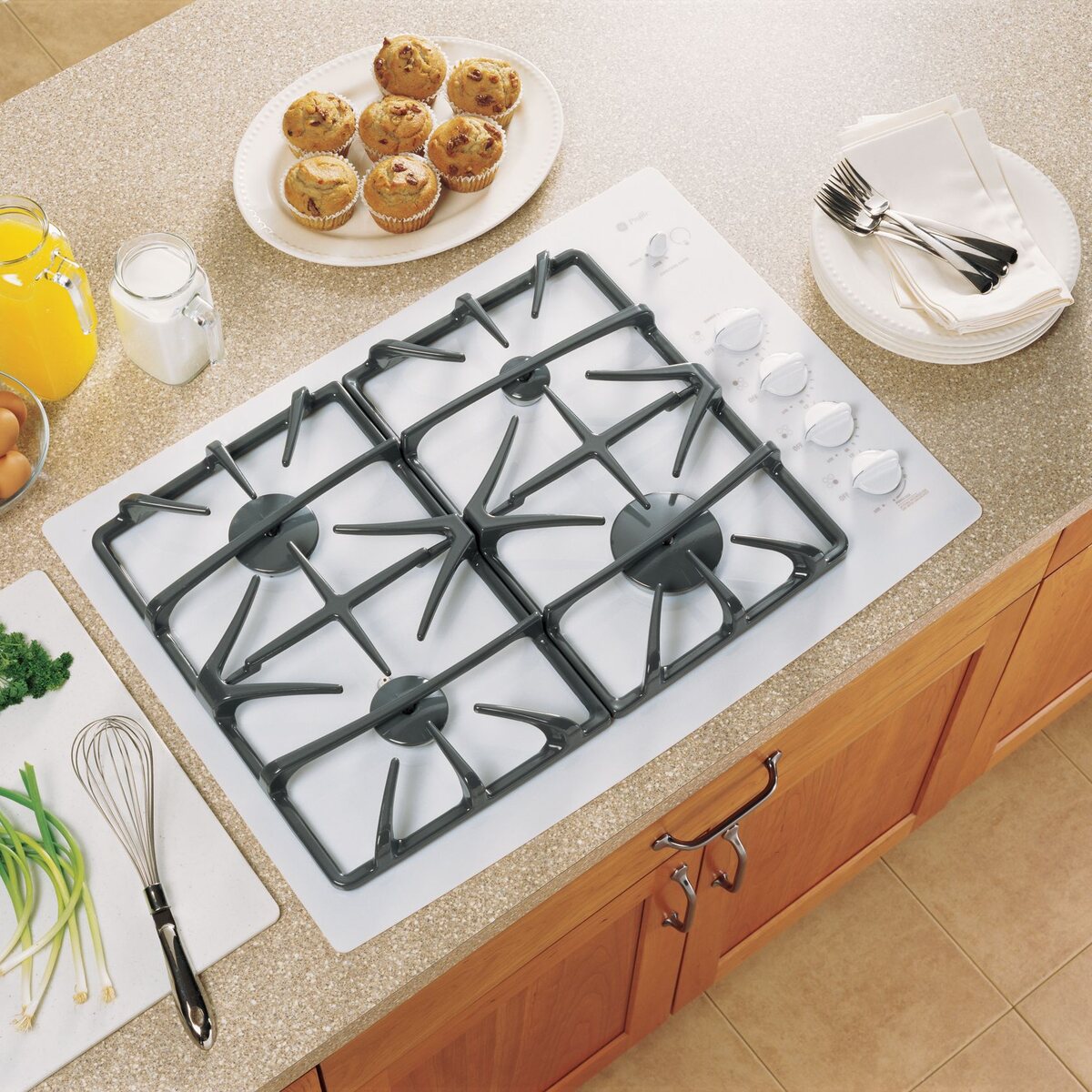
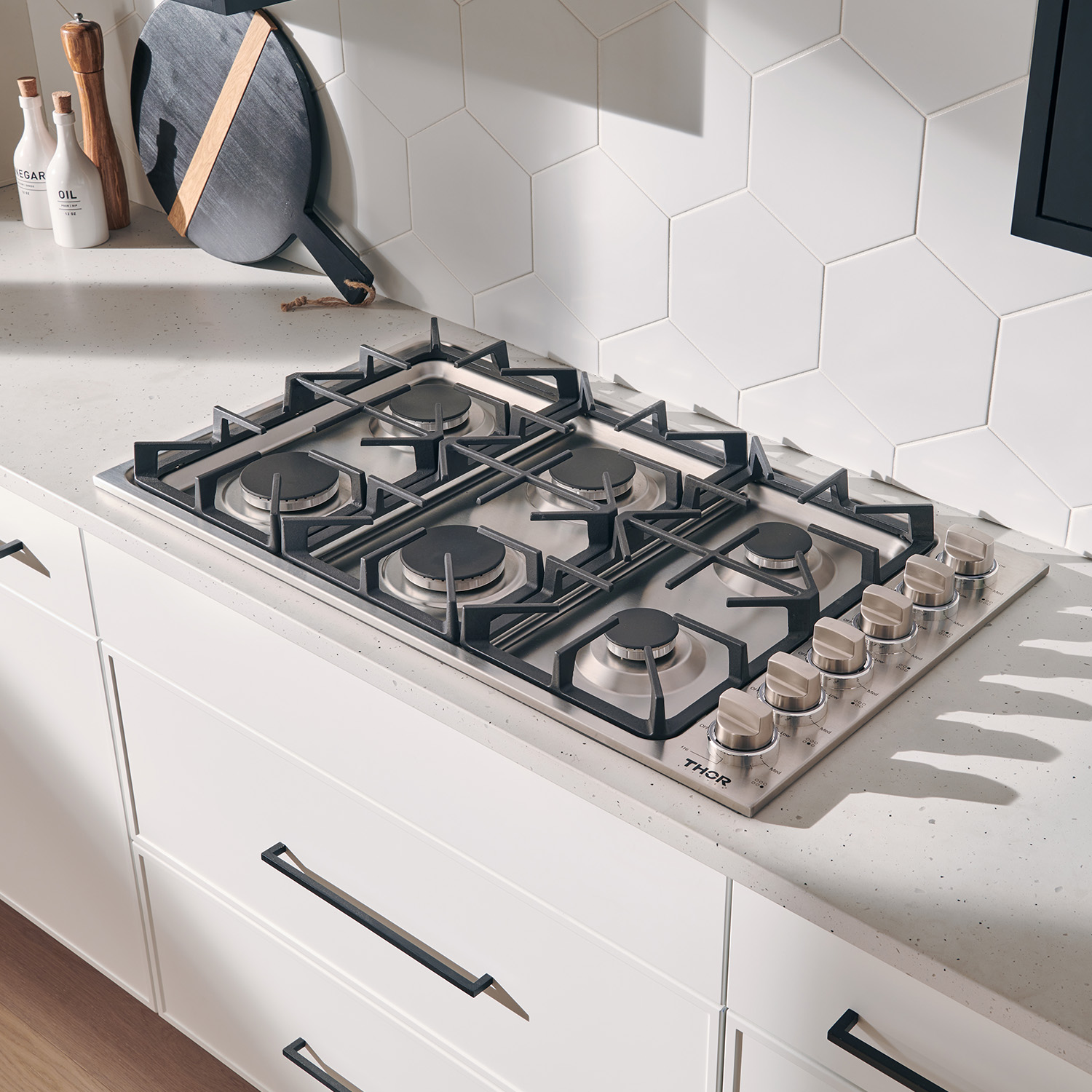
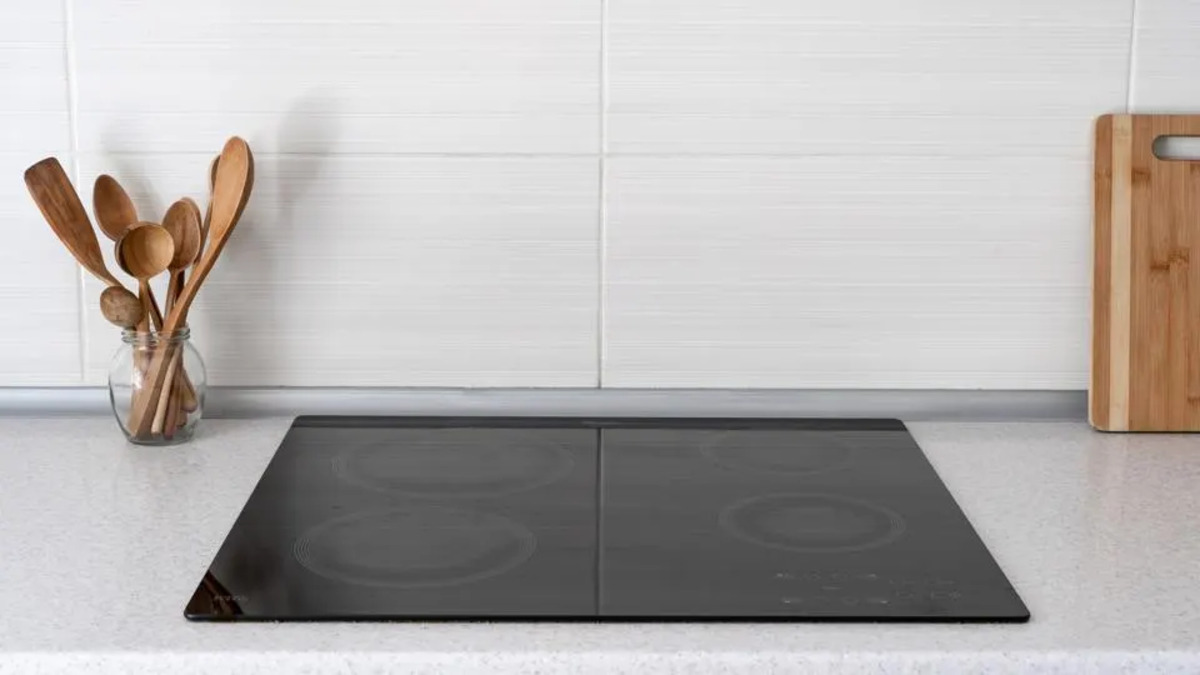
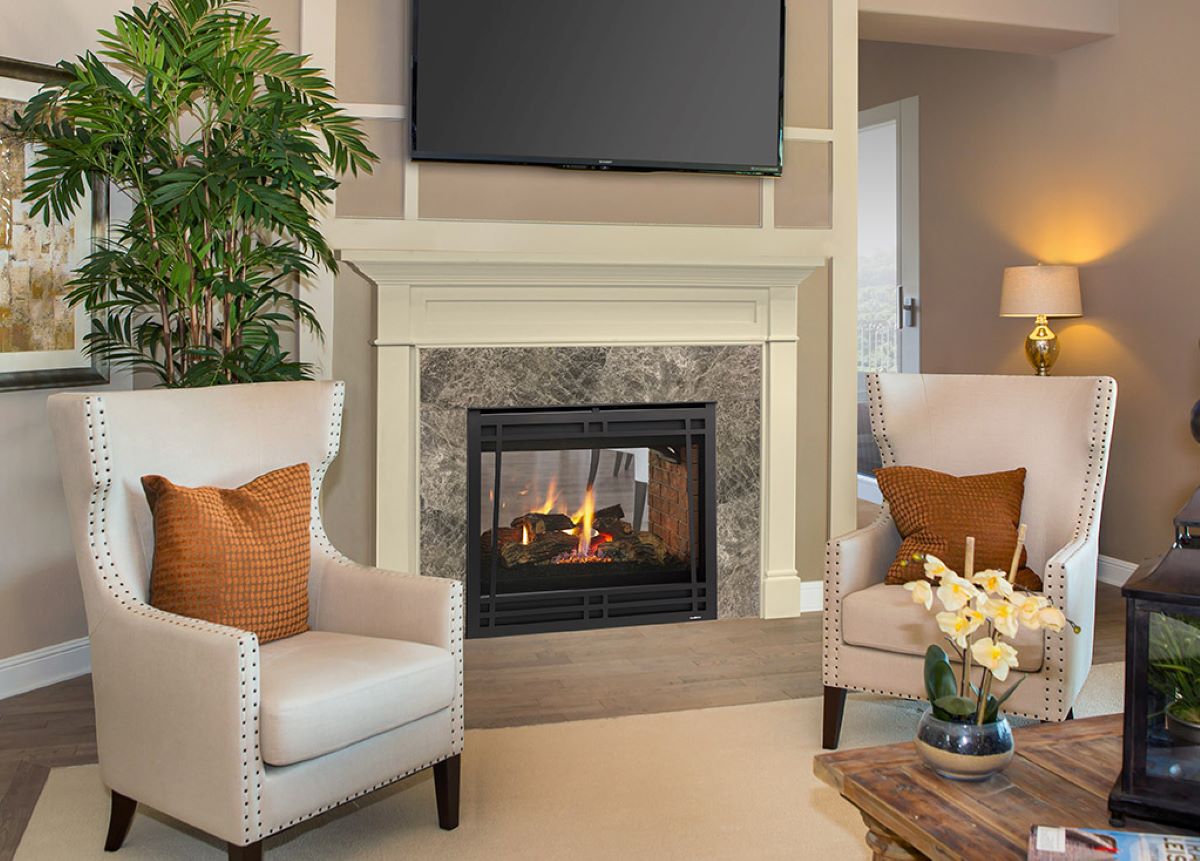
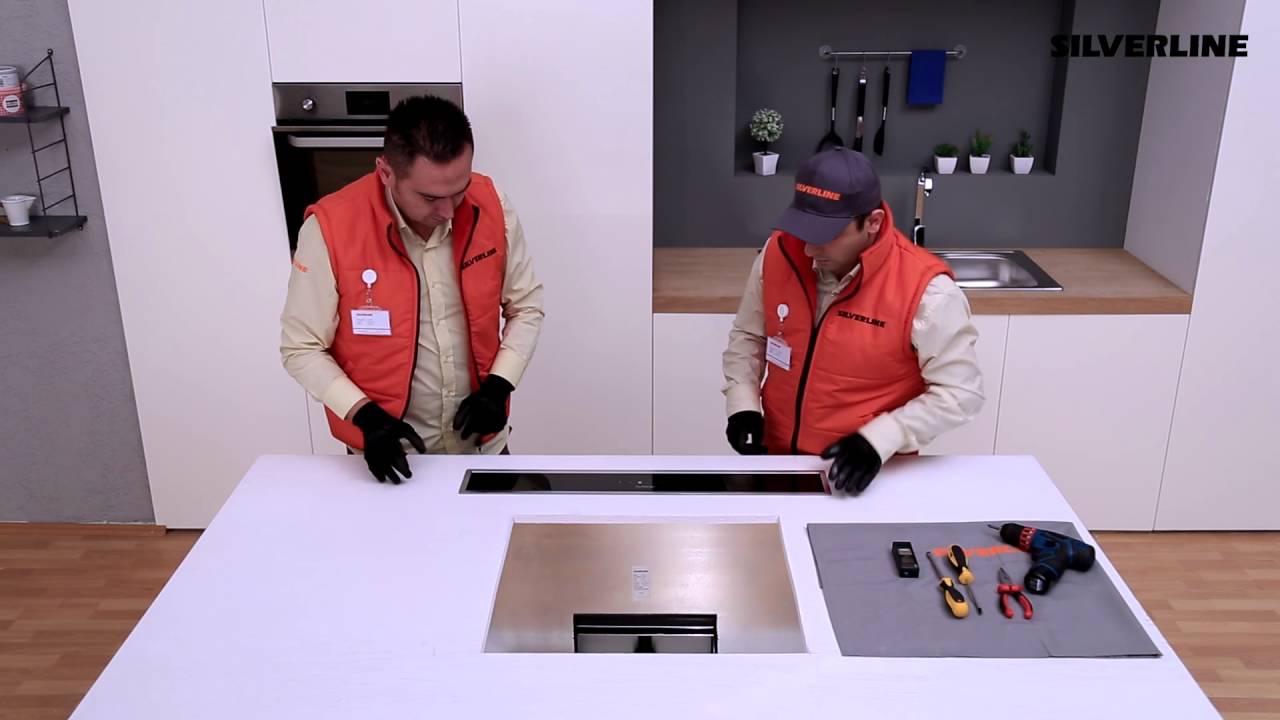
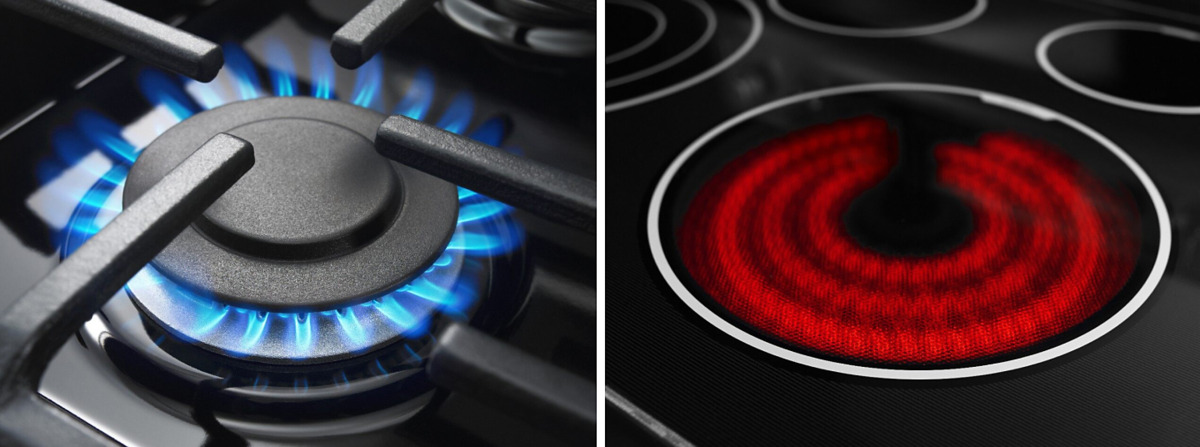
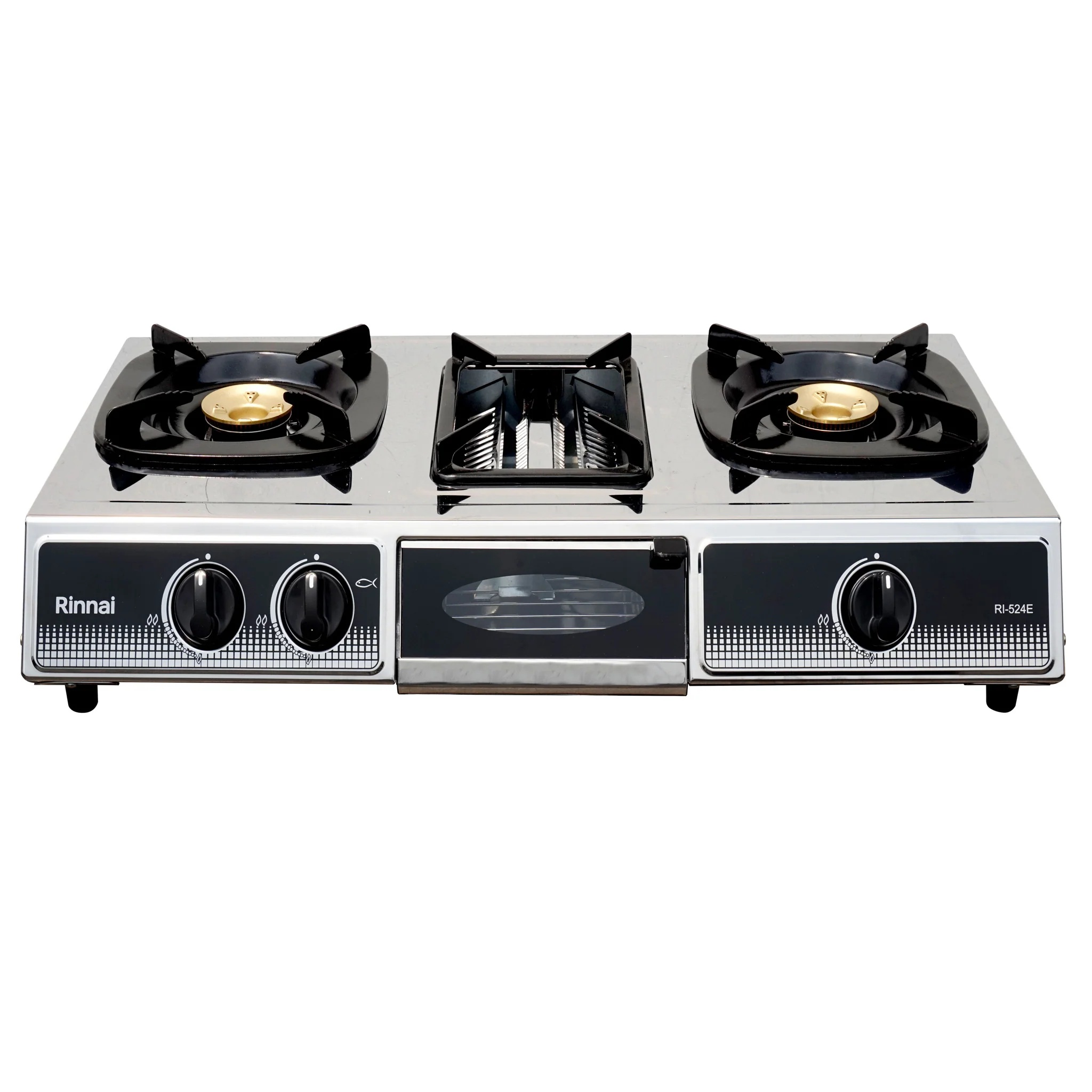
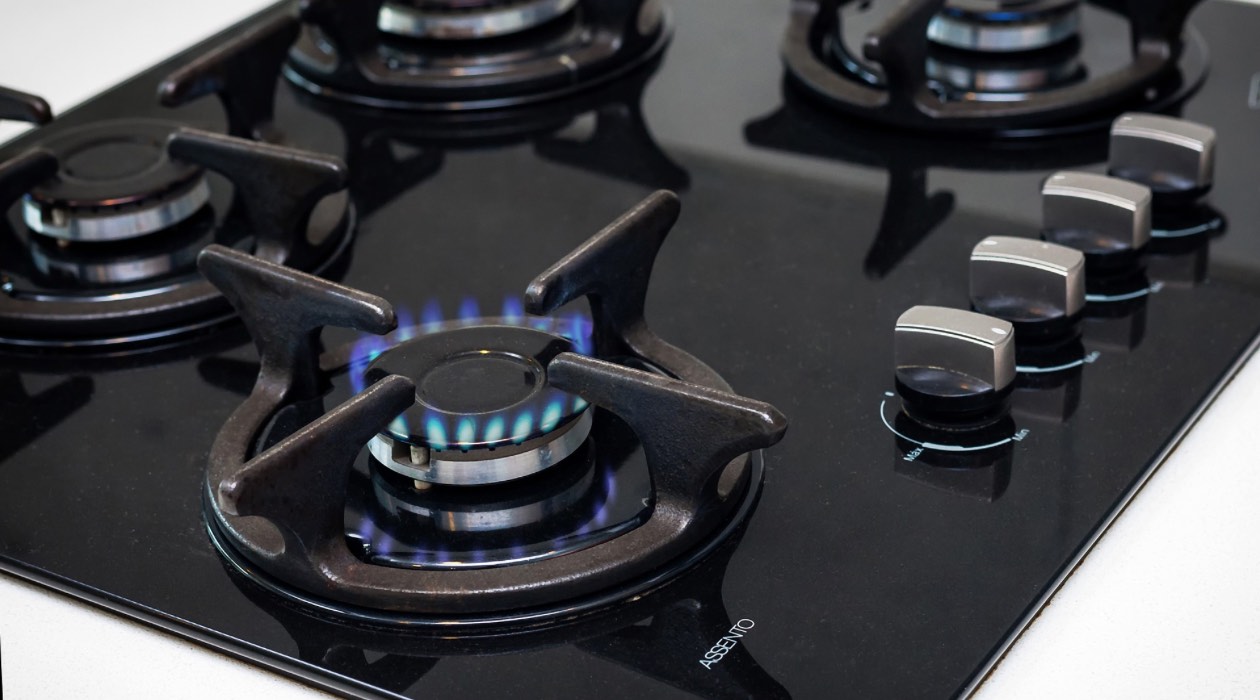
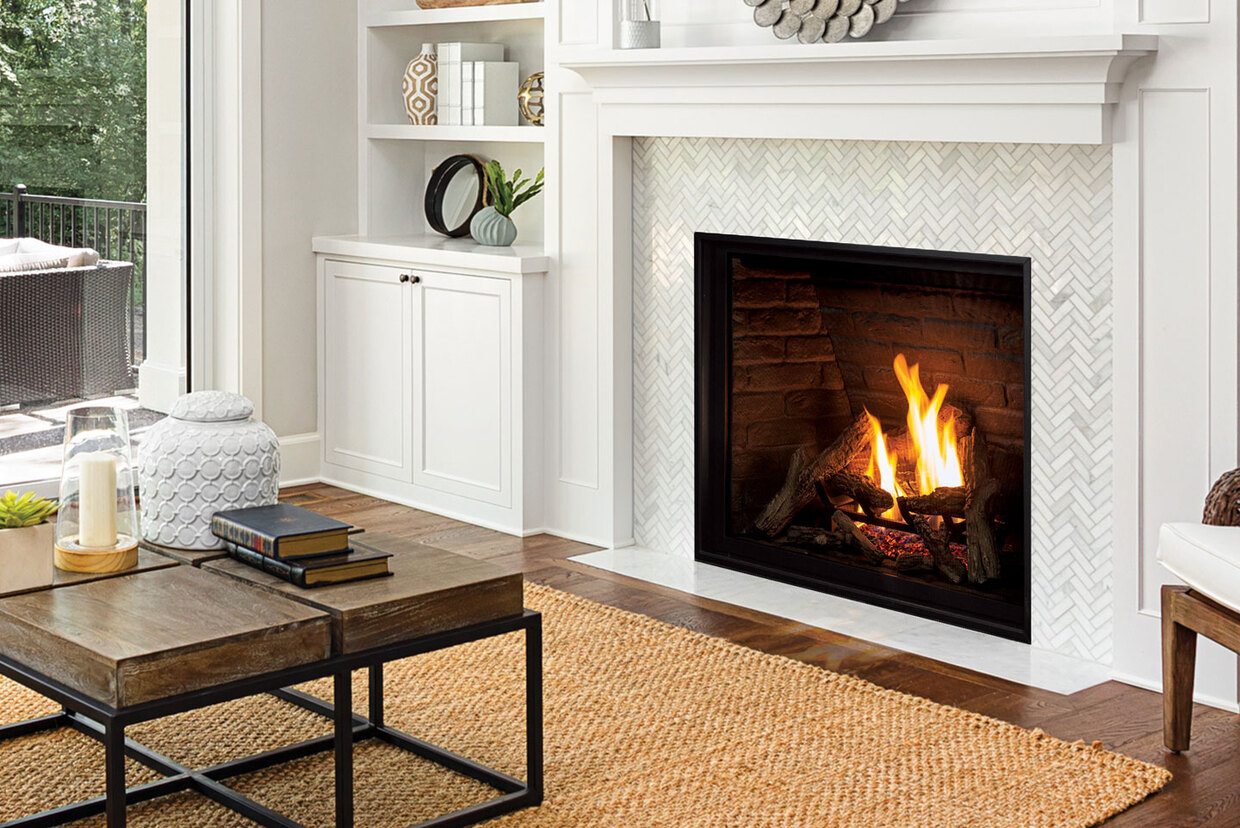

0 thoughts on “How To Install A Gas Cooktop”